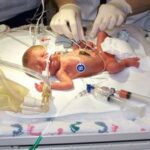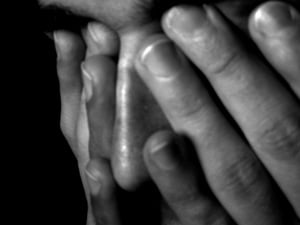What is it
Bilevel positive airway pressure or BiPAP for short is a type of noninvasive ventilation support. It is considered noninvasive because a breathing tube is not placed in the airway for use. It helps assist a patient with various type of lung problems including obstructive sleep apnea and chronic obstructive pulmonary disease.
As a respirator therapist, I have seen BiPAP used effectively to help get a patient past a respiratory crisis and avoid the need for mechanical ventilator. Although it may not be appropriate for all patients, for many it may be an appropriate treatment.
How it Helps
When a patient develops breathing problems from diseases, such as COPD, he may start to work very hard to breath. Because the patient is not breathing efficiently, gas exchange in the lungs is impaired. Oxygen levels in the blood can decrease and carbon dioxide, which is exhaled, may not be eliminated properly and buildup in the blood. All of these factors can lead to respiratory failure, which is when a person stops breathing.
Patients who have respiratory failure need to have a breathing tube placed in their airway and be placed on a mechanical ventilator to assist in breathing. BiPAP can be used when breathing problems occur, but before respiratory failure develops. It may prevent respiratory failure and the need for a breathing tube.
BiPAP may also be used to treat some people with sleep apnea. Although CPAP, which is only pressure on exhalation, is often prescribed for sleep apnea, BiPAP may work better for some patients. A sleep study will be needed to determine if a person would benefit from BiPAP.
How it’s Used
With BiPAP, a pressure is set for inspiration and another pressure during exhalation. The pressure delivered into the lungs helps improve oxygen levels in the blood and decreases how hard the patient has to work to breath. Breathing becomes easier and carbon dioxide may be eliminated easier.
Various types and sizes of masks are available for use with a BiPAP. The patient is fitted for a mask and the mask is attached to the machine. A set oxygen percentage is delivered along with the pressure. Adjustments to settings may depend on a patient’s response. BiPAP can be used at a hospital or prescribed for home use.
Side Effects
A BiPAP mask needs to be tight to prevent air from leaking around the mask. It may make some patients anxious. Although BiPAP can help prevent respiratory failure it can have side effects. Skin breakdown from the mask is possible, especially if BiPAP is used continuously for several days in a row. Some people may also develop a headache or sinus pain.




